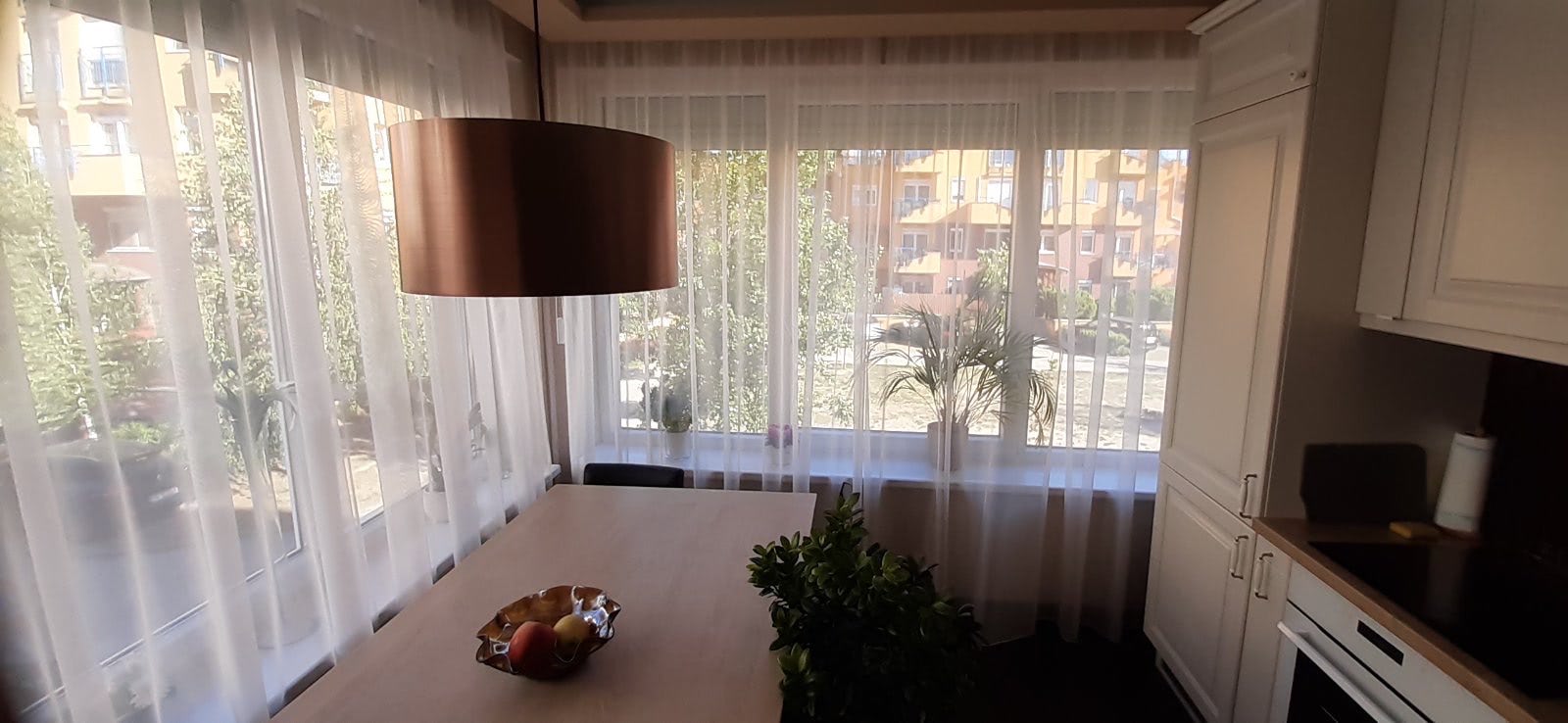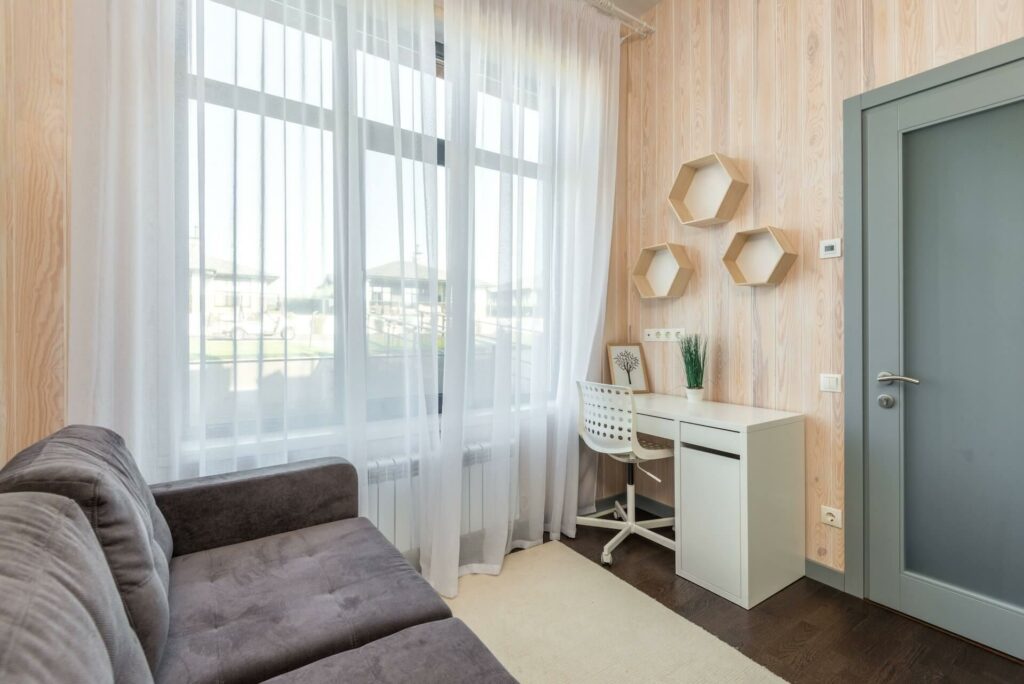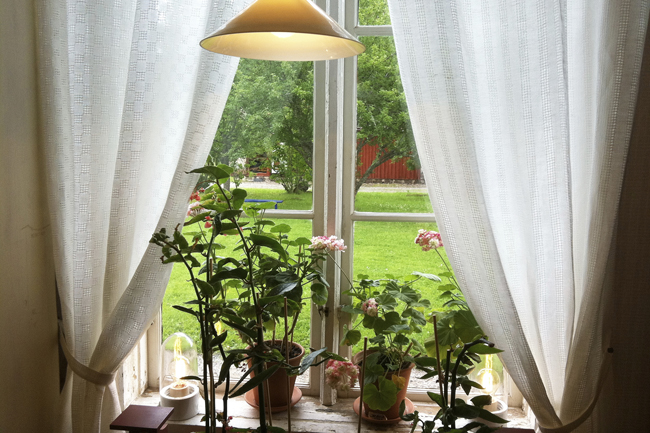
Ablak, Függöny Hőszigetelt Panelek Karika Függöny/Függönyöket W55 X Ez A Kategória Függöny Panelek. Naturtrack.com

Vásárlás: Jago 70x150 Sávos roló függöny fehér fúrás nélküli ablak árnyékoló Függöny, drapéria árak összehasonlítása, 70 x 150 Sávos roló függöny fehér fúrás nélküli ablak árnyékoló boltok

Ablak dekor függöny Silberdruck fehér 60 x 120 cm -Barkácsplaza webáruház - online megoldások otthonra! - webáruház, webshop



















